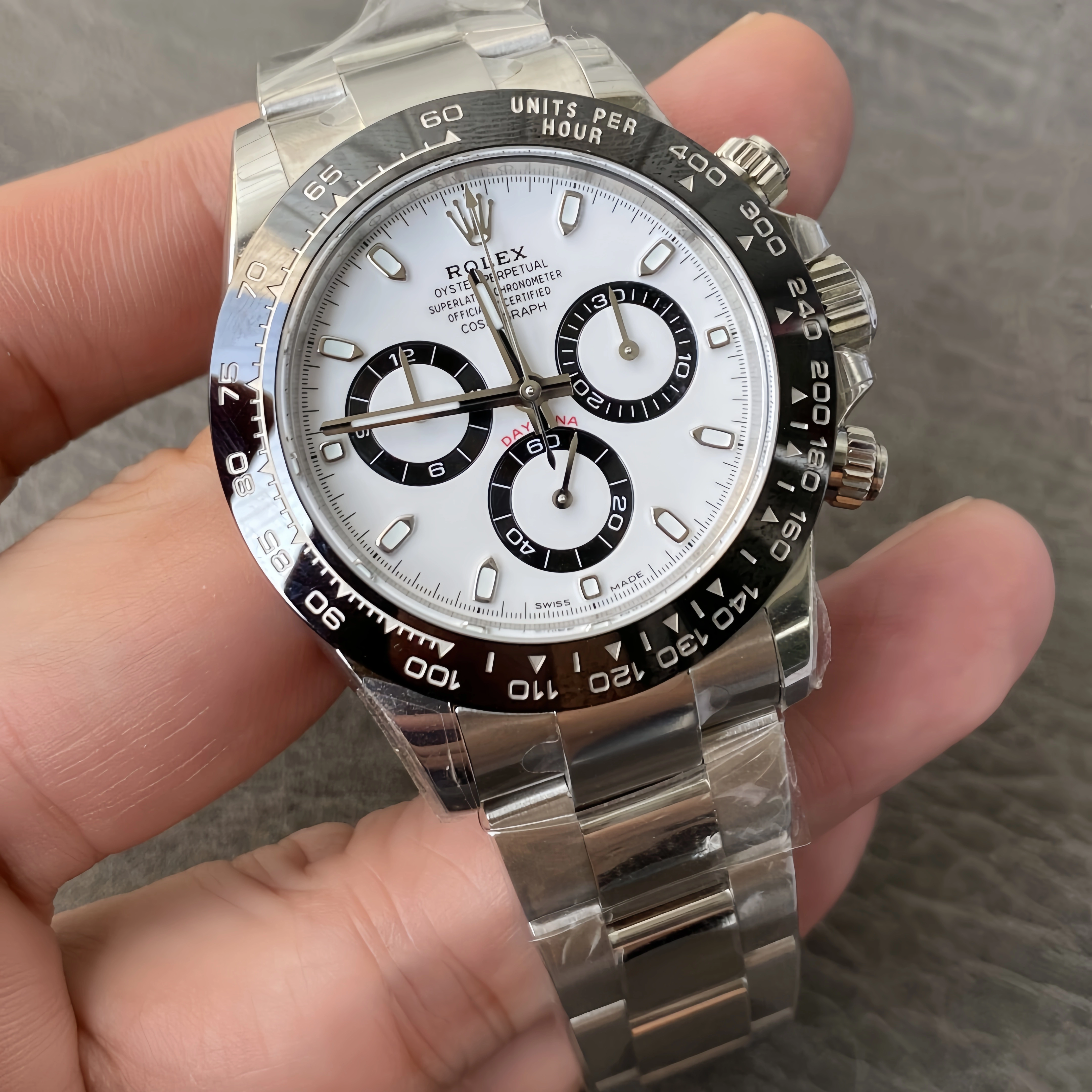Paris Court of Appeal ruling has ripple effect on replica watch market
The Paris Court of Appeal's ruling in Rolex v. Pinel & Pinel reveals a paradoxical phenomenon in the luxury goods industry: while brands are using legal means to block the derivatives market, they refuse to fill the demand gap. This strategic market gap is precisely the core rationale for the existence of replica watches.
I. The Ecological Niche Created by the Monopoly of Authentic Products
-
The Market Logic of Functional Complementary Functions
Rolex and other brands have yet to release official winders, yet they are using lawsuits to prevent third parties from developing related accessories. This "neither do it nor allow others to do it" strategy mirrors the penalties previously imposed by the French antitrust authorities for restricting sales channels. Replica watches essentially fill a similar market gap—when the price threshold of authentic products excludes 90% of consumers, high-quality replicas offer 80% of the core experience at one-tenth the price. -
An inevitable product of technological democratization
The spread of modern watchmaking techniques has significantly improved the quality of replica watches. Data from a testing agency shows that the accuracy of high-end replica watches can now be controlled to within ±5 seconds per day, approaching the standard of entry-level Swiss watches. This "technological spillover effect" has broken down the information asymmetry barriers of traditional luxury goods.
II. Advanced Expressions of Consumer Rationality
-
Revaluing Value for Money
Disputes in the secondhand market show that consumers are increasingly accepting the compatibility of non-core components (such as watch straps). This shift in perception also applies to replica watches—when consumers realize that brand premiums primarily come from marketing costs rather than practical value, high-quality replicas become a more rational financial choice. -
A New Vehicle for Cultural Deconstruction
Young consumers see replicas as a way to deconstruct the hegemony of luxury goods. A social media platform survey showed that while Generation Z's purchasing power for luxury watches has declined by 34%, searches for "super replicas" (such as 1:1 Daytona replicas) priced over $1,000 have surged by 217% year-on-year. This subculture is reshaping the standards of consumer ethics.
III. Observation of the Industry's "Catfish Effect"
-
Forcing Authentic Products to Reform
The growth of the replica market has prompted some brands to adjust their strategies. For example, a Swiss brand's 2024 "Simplified Edition" collection was seen by the industry as an indirect response to replica competition. This kind of "backward compatibility" would have been unthinkable five years ago. -
Technological Innovation Feeds Back
Some copycat manufacturers have achieved breakthroughs in materials. In 2024, a "ceramic steel" composite material developed by a Chinese manufacturer, due to its lightweight and wear-resistant properties, has been purchased by two second-tier European brands. This reverse technological flow is reshaping the industry landscape.

